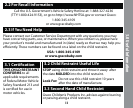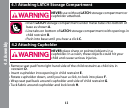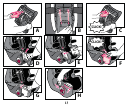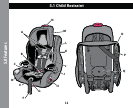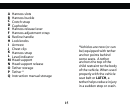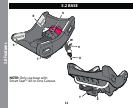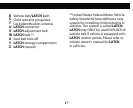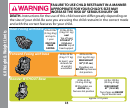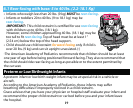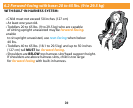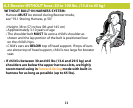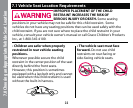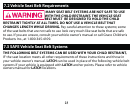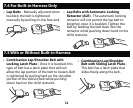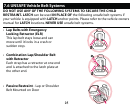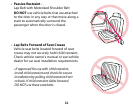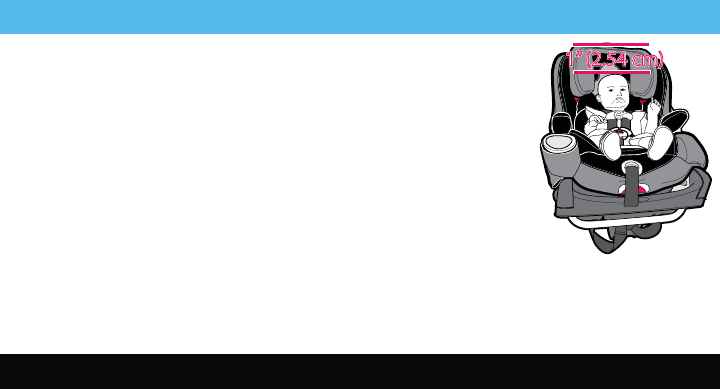
• Infants who weigh less than 20 lbs. (9 kg) MUST be rear-facing.
• Infants or toddlers 20 to 40 lbs. (9 to 18.1 kg) may be
rear-facing.
IMPORTANT: This child restraint is certied for use rear-facing
with children up to 40 lbs. (18.1 kg).
However, some children approaching 40 lbs. (18.1 kg) may be
too tall to t
rear-facing. Top of head must be at least 1”
(2.54 cm) below the top of the head support.
• Child should use child restraint forward-facing only if child is
over 20 lbs. (9 kg) and can sit upright unassisted. (
*
)
*
The American Academy of Pediatrics recommends that children should be at least
one year of age before being positioned forward-facing. They also recommend that
the child should ride rear-facing as long as possible or to the extent permitted by
the car seat.
A preterm infant or low birth weight infant may be at special risk in a vehicle or
aircraft.
According to the American Academy of Pediatrics, these infants may suer
breathing diculties if improperly reclined in a child restraint.
Graco advises that you have your physician or hospital sta evaluate your infant and
recommend the proper child restraint or car bed before you and your infant leave
the hospital.
6.1 Rear-facing with base: 5 to 40 lbs. (2.2-18.1 Kg)
1” (2.54 cm)
Preterm or Low Birthweight Infants



